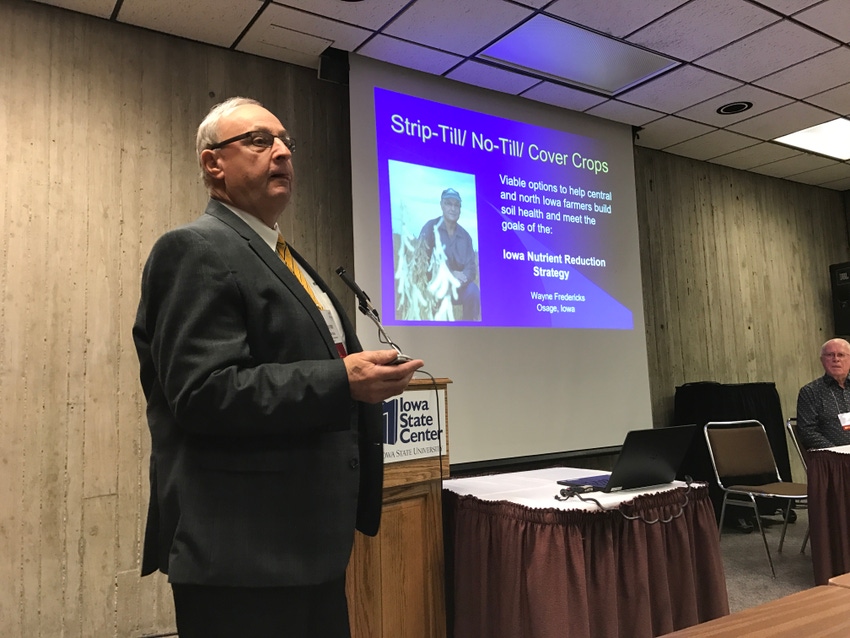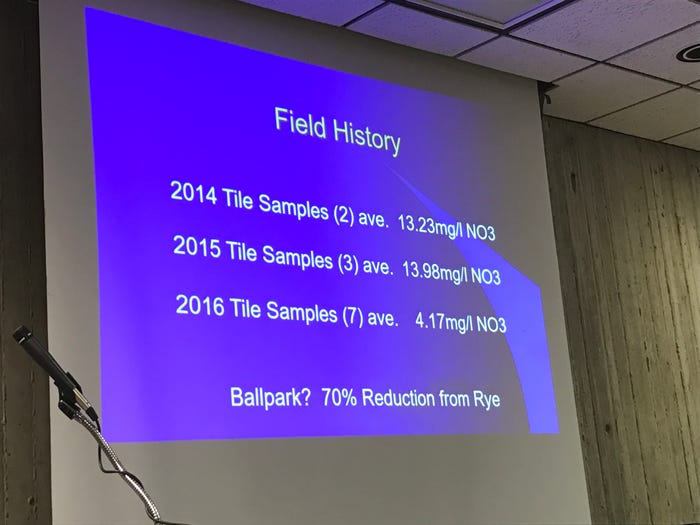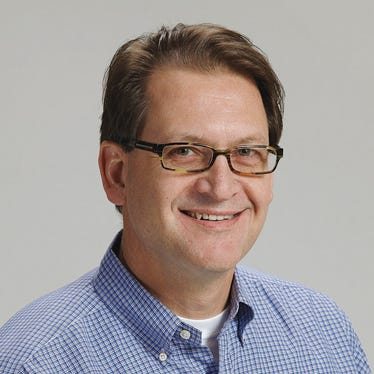March 15, 2017

I just got back from attending (and live tweeting @csdigest) at Iowa State University’s second annual Soil Health Conference. It was extremely valuable, especially learning first-hand from farmers who are successfully improving the health of their soils and their bottom line profit.
To that point, Iowa farmer Wayne Fredericks spoke on a farmer panel about perspectives of management practices for soil health improvement. He began his conservation efforts with no-till soybeans in 1992. Then he shifted his corn acres to strip-till in 2001 – which saved him $92 per acre due to reduced equipment and labor costs, while achieving equal to or better yields compared to his conventional tillage neighbors. And added profit was his goal, along with increased family time.
Regarding soil health, he has documented that his organic matter has almost doubled from his conventional tillage days – going from fields in the 2.2 to 3.2% OM range, to these same fields now measuring 4.2 to 6.1% OM. And the water-holding capacity of his soils in the Cedar River Watershed has greatly impressed Cedar Rapids, Iowa city officials who have dealt with major flooding twice in the past decade.
To improve his soils even more, Fredericks started experimenting with cover crops in 2011. Following strip trial tests where he learned that cover crops did not cause yield loss, and he didn’t have problems terminating them, so he adopted them across all his acres.
Huge nitrate reduction
But his biggest proof of concept came when he measured nitrates (see graph). His cereal rye cover crops reduced his average nitrate loss by 70% from 2014 to 2016. He is sold on this system approach – no-till, strip till and cover crops. “If we had all our landscape covered in cover crops, we would not have a water problem in Iowa,” he said.

That is just one farmer’s journey. I hope more farmers begin to adopt such a systems approach that fits their farm. It can happen.
I sincerely thank you for reading, for viewing more valuable content on csdigest.com, for subscribing to our newsletters, and for being willing to Think Different.
About the Author(s)
You May Also Like






